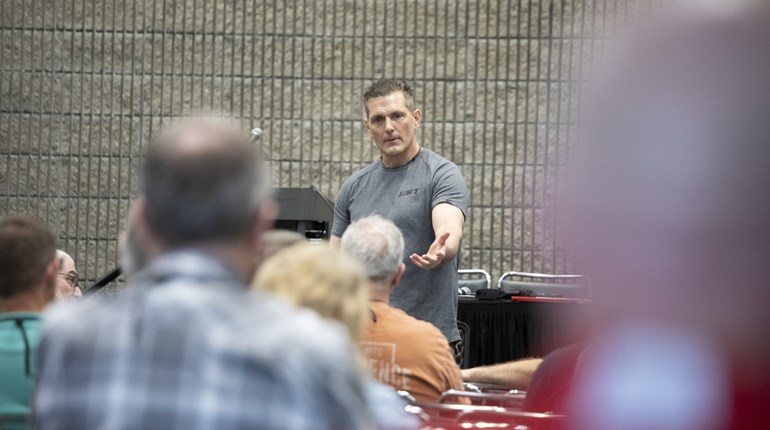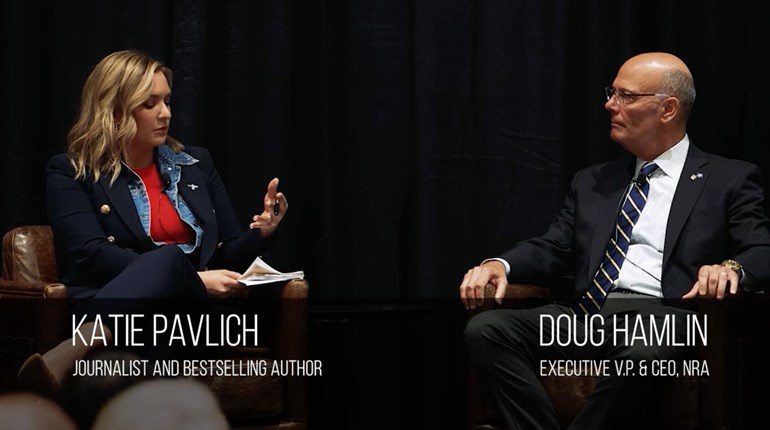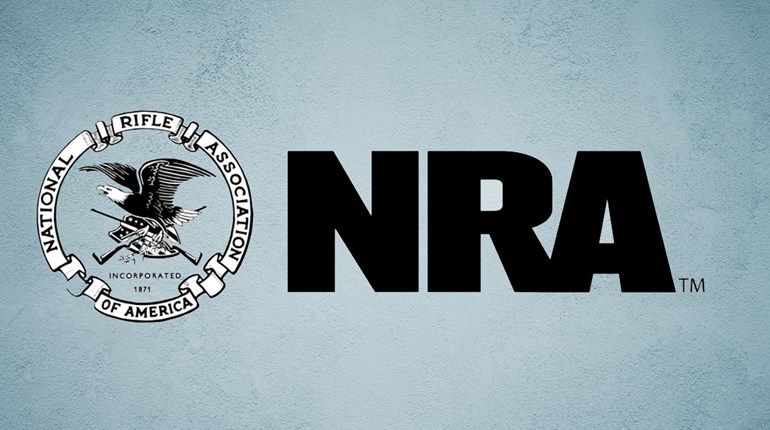
Whether you are an NRA Training Counselor, Certified Instructor or Coach, teaching youth, coaching athletes at the highest level of competition, or passing on the skills that Americans need with a defensive firearm, I want to thank you for being an NRA Trainer. There are an estimated 20 million new firearms owners in the United States. To make sure they are taught the safe, responsible use of firearms, it is up to us--the National Rifle Association and you as an NRA trainer--to make sure they learn the right way.
This first “Bullet-In Board” newsletter is just a part of NRA’s commitment to our trainers. You will be receiving more frequent communication from your NRA on things that will aid you in your classes, updates or new programs. And this needs to be a two-way street. If you have questions, you can contact the dedicated staff of our Training Department at nrainstructors.org.
Let’s put firearms training in perspective. Look no farther than Article II, Section 3, of NRA’s Bylaws: “To train … people of good repute in marksmanship and in the safe handling and efficient use of small arms.” Together, we have trained hundreds of millions of Americans.
There was no organized firearms training in this nation before NRA turned its attention to developing it. There was no manual, no syllabus, no lesson plan, and certainly no Power Point. Your NRA has been at this for a very long time. In the first Boy Scout Handbook, dating from 1911, the requirements for the “Marksmanship” merit badge said simply, “Qualify as a marksman in accordance with the regulations of the National Rifle Association.” It was not just shooting, it was safe firearms handling, too.
Even before World War II, NRA’s pre-induction training program was in place, and hundreds of thousands of young Americans learned about rifle marksmanship and the safe, proper handling of firearms before they would go to basic training and go on to serve in Europe or the Pacific. There wasn’t even any hunter safety training until NRA developed the curriculum, which was introduced in New York State in 1949.
The programs taught by NRA trainers were developed by NRA staff and volunteers to be the very best. This is an investment your NRA has made for more than a century. It is an investment we continue to make. And under my watch, you will see that commitment expand.
And if you are on the front line training your fellow Americans, I’d also ask you to become an NRA recruiter if you have not done so already. You can learn more at recruiting.nra.org. With numbers, the strength of our NRA grows. For those who have chosen to exercise their Second Amendment rights, we can show them the proper way to do so. Through membership in the NRA, we will do our best to make sure they keep that right for generations to come.






































